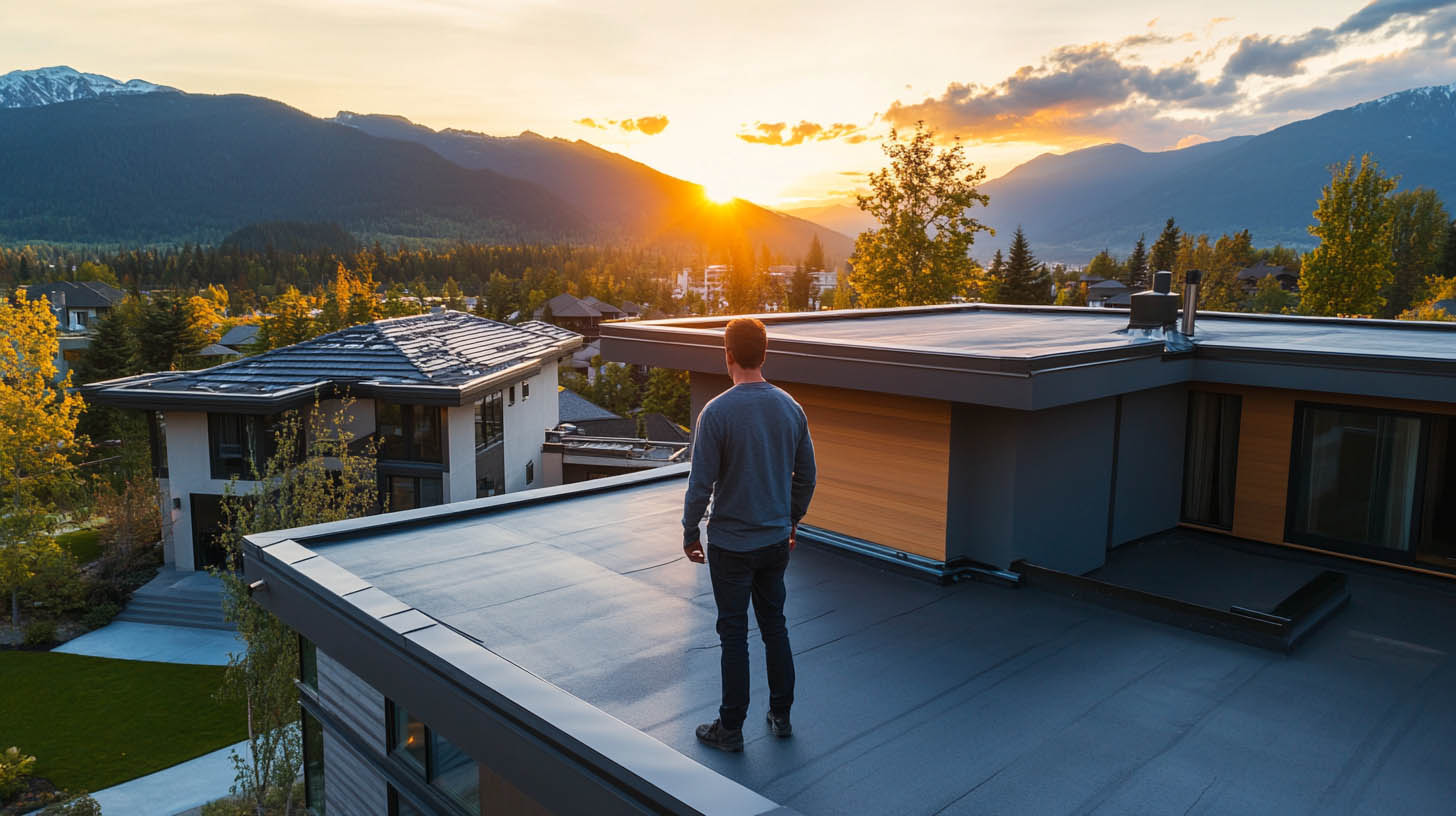
Flat roofs are common in commercial and residential buildings, offering cost-effectiveness and usable space. However, they require timely replacement to maintain structural integrity and avoid issues like leaks or energy inefficiency. For professional flat roof replacement in Charleston, WV, trust Rainstoppers Roofing for reliable services.
Common Problems Leading to Replacement
1. Persistent Leaks
Leaks occur due to aging materials or poor installation and often lead to water infiltration and structural damage.
2. Ponding Water
Improper drainage can cause water to pool on the roof, accelerating material degradation and increasing the risk of leaks.
3. Cracks and Blistering
Temperature fluctuations and aging can cause the roofing membrane to crack or blister, compromising the roof’s effectiveness.
4. Mold and Mildew Growth
Excessive moisture trapped in the roof can foster mold, leading to health hazards and structural concerns.
Unique Fact: Flat roofs are not entirely flat but designed with a slight slope to ensure water drainage.
Choosing the Right Replacement Material
Popular Materials
- EPDM: Durable rubber material resistant to tears and extreme temperatures.
- TPO: UV-resistant and energy-efficient but less durable than EPDM.
- PVC: Lightweight and long-lasting, though more expensive.
- Built-Up Roofing (BUR): Traditional layers of tar and gravel for durability.
Factors to Consider
- Climate: Ensure the material withstands local weather conditions.
- Energy Efficiency: Choose reflective materials to reduce cooling costs.
- Budget: Balance upfront costs with long-term maintenance needs.
Signs It’s Time for a Replacement
- Frequent Repairs: Multiple issues in different areas suggest underlying problems.
- Aging Roof: Most flat roofs last 20–30 years; replacement is cost-effective after this period.
- Structural Damage: Sagging or rotting indicates compromised integrity.
- Energy Inefficiency: Older roofs without proper insulation increase utility costs.
Steps in Flat Roof Replacement
- Inspection and Assessment: Identify damage and estimate project requirements.
- Material Selection: Choose a material that aligns with your needs and budget.
- Removal and Disposal: Remove old roofing materials safely.
- Installation: Use experienced contractors to ensure proper layering and sealing.
- Final Inspection: Verify the quality of installation and resolve any concerns.
Conclusion
Flat roof replacement is essential for protecting your property and ensuring energy efficiency. By addressing common problems, selecting appropriate materials, and working with experienced professionals, you can extend the life of your new roof and enhance its performance. For expert services in Charleston, WV, rely on Rainstoppers Roofing to guide you through every step.
FAQs
Q1: How often should flat roofs be replaced?
Typically, every 20–30 years, depending on the material and maintenance.
Q2: Can a new flat roof be installed over the old one?
In some cases, yes, but only if the existing roof is in sound condition and local codes allow.
Q3: How much does flat roof replacement cost?
Costs vary based on size, material, and labor. Get detailed estimates from reputable contractors.To learn what you need to know about industrial roofing contractors, click here.
